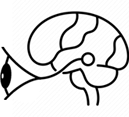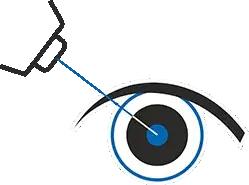Retina and Associated Diseases
The retina is a thin layer of tissue at the back of the eye that plays a crucial role in vision. It contains cells, sensitive to light and is responsible for converting light signals into electrical impulses and sent to the brain through the optic nerve. Various disorders can affect the retina, leading to vision problems.
Request an Appointment

















